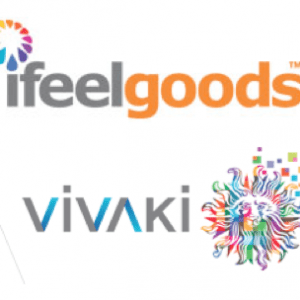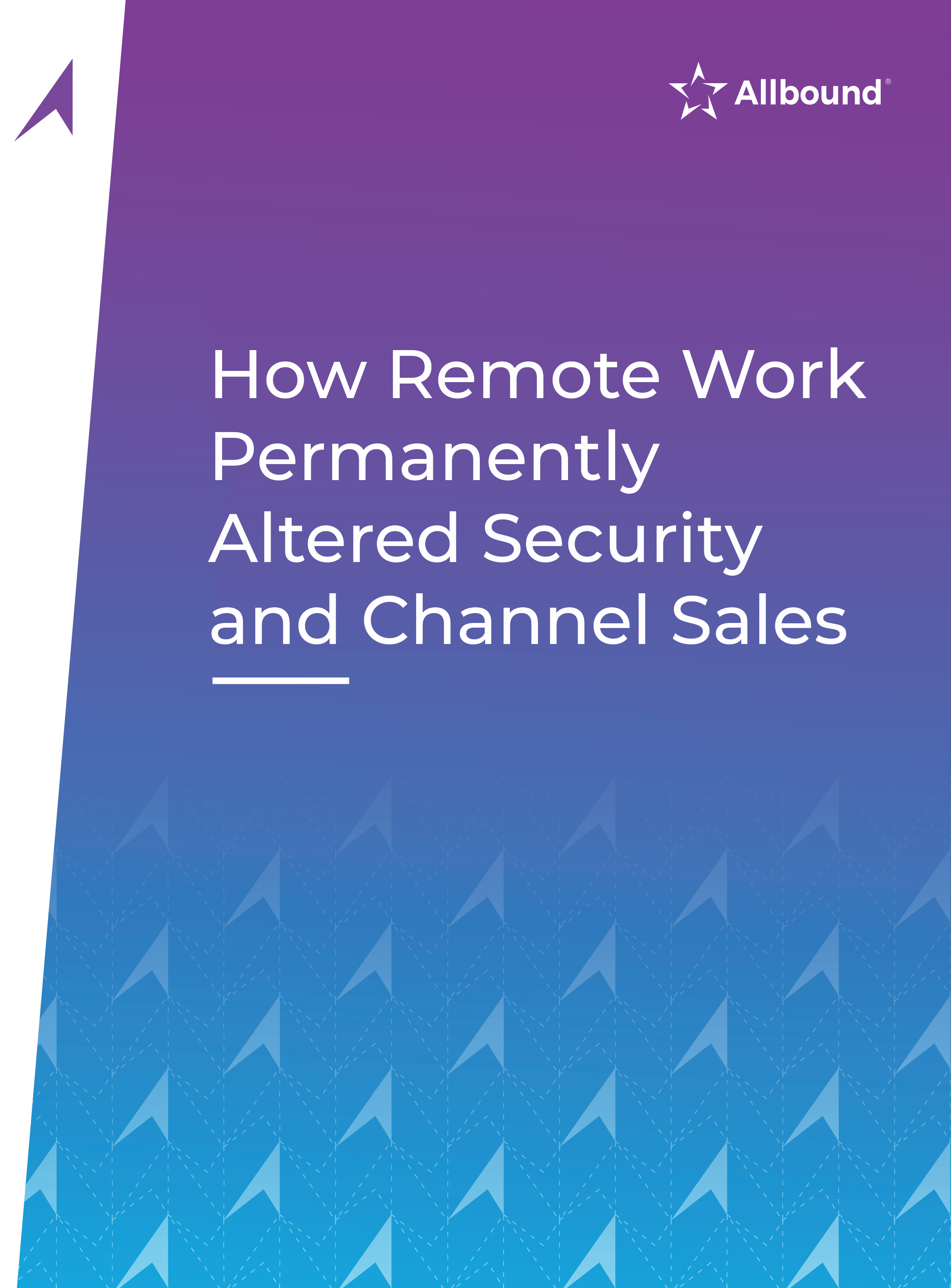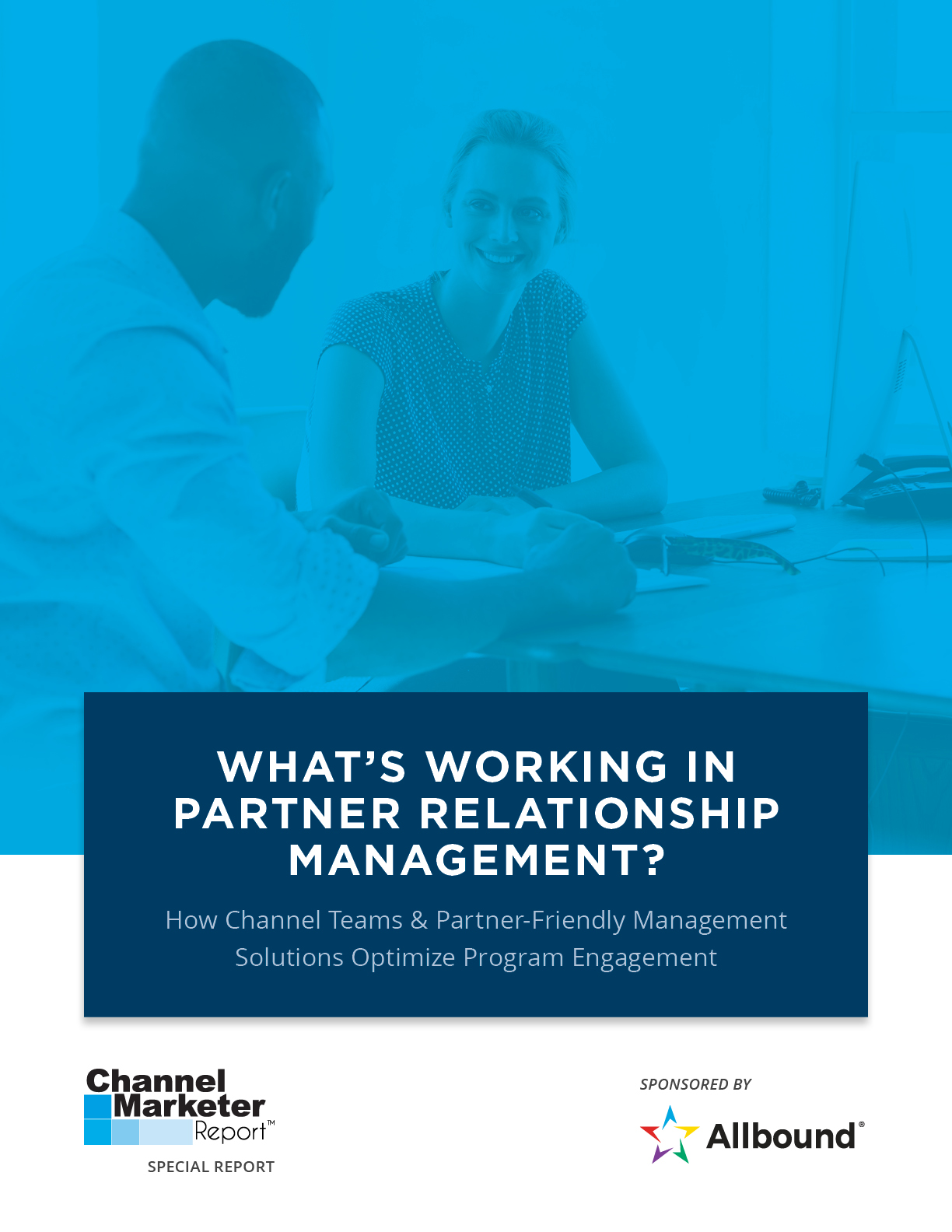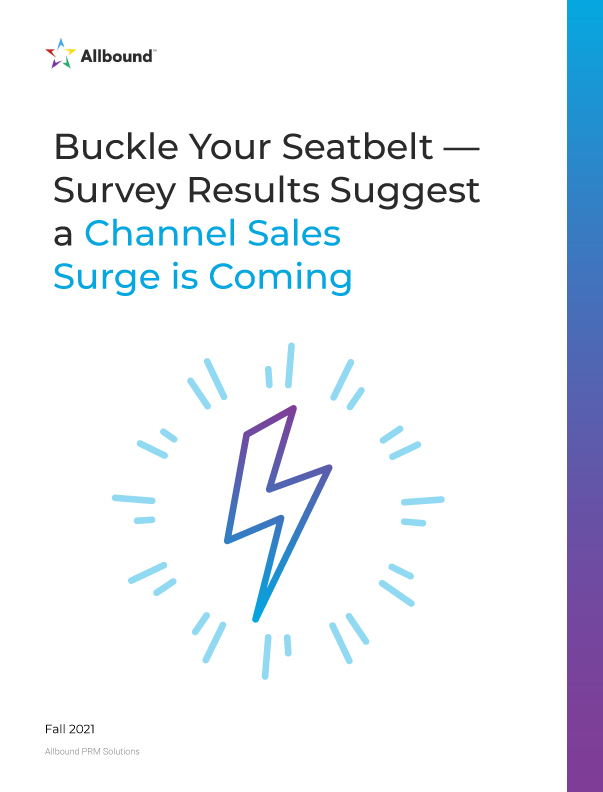Topics
Lead Nurturing Evolves To Include More Customized Marketing Opportunities
 Lead nurturing is central to the sales and marketing equation, helping businesses stay top of mind among current and prospective customers. In fact, companies that excel at lead nurturing generate 50% more sales ready leads at 33% lower cost, according to Forrester Research.
Lead nurturing is central to the sales and marketing equation, helping businesses stay top of mind among current and prospective customers. In fact, companies that excel at lead nurturing generate 50% more sales ready leads at 33% lower cost, according to Forrester Research.
However, vendors and partners both face similar challenges during the process: While partners want to help market solutions, they need to make sure their own brands remain strong. Similarly, vendors also need to ensure their core messaging and brand image doesn’t diminish in marketing campaigns or initiatives.
In light of these branding issues, a shift is beginning to take place in terms of how vendors deliver content and campaigns to partners. In addition to providing partners with fully baked campaigns and marketing solutions, vendors are starting to implement more personalized, one-to-one offerings as well, according to Heather K. Margolis, Founder and President of Channel Maven Consulting.
“The vendor wants to help the partner with marketing, but the partner is saying ‘you’re one of 15 vendors I work with. Of course I want to help you market your solution, but my brand needs to stay intact and I can’t blast the same list with 15 different emails,” said Margolis in an interview with Channel Marketer Report. “I see our vendor clients providing their partners with more one-to-one, hands-on marketing support to help them first build an online presence and then execute their campaigns and initiatives more successfully.”
Typically, partners needed a series of turnkey campaigns, including five different emails and pieces of content, Margolis explained. “While that may work for some partners, other times they just need a block of copy they can put into a text email or add to an overarching campaign they’re doing on a full solution.”
The shift from flashy, highly visual HTML emails to standard text-based messages alludes to buyers’ increased need for more personalized engagement and relevant thought leadership.
“While we may look at HTML emails, we’re more eager to look at a text email or message on LinkedIn that’s sent from an individual person,” Margolis said. “While the one-to-many approach still has value, and you want to make sure partners are doing that, you also want to give them these copy blocks so they can easily send a more personalized email to their top 30 prospects.”
While vendors are offering more opportunities for partners to personalize resources and messages with their own unique voice, vendors also are beginning to offer more guidance, but in a seamless and more scalable way.
Using The Three E’s To Improve Nurturing Efforts
Lead nurturing strategies can drive channel-wide results if collaboration and communication is ongoing and consistent throughout the channel.
Specifically, Margolis recommended that vendors follow the “three E’s”: Educate, engage and enable.
- Educate: Vendors should educate partners on how to use the different resources and campaigns that are provided. “You don’t want partners blasting out a campaign when they have a horrible web site or online presence,” Margolis said. “Vendors should work with partners to improve those things first. So when they blast out an email campaign that leads the recipient to their web site or LinkedIn profile they’re giving a good impression.
- Engage: “Make sure you’re engaging your partners the way you want them to engage with their end-customers,” Margolis said. For example, vendors can use social media to share thought leadership content, helpful research and best practice articles with partners. Not only will they learn from vendors, but they also can easily re-tweet or share that same content to their audience.
- Enable: Provide tools and resources that will make marketing easier for your partners. For example, marketing automation and content syndication tools can deliver and publish content and campaigns on behalf of partners in near real time. “The marketing automation and content syndication tools are very powerful”, Margolis said. “In some cases, those partners that are poised for growth may also exceed expectations with a little more handholding in a one-to-one, partner support type engagement.”
Margolis also shared several things vendors should consider before finalizing a lead nurturing strategy for their channel partners, including:
- Know your target customer: It is imperative that vendors understand who their end-customers are and determine where they are online, even if it means going to the corporate marketing team to find out.
- Understand their goals: Once vendors understand their target audience, they can dive deeper into the mindset of prospects, including their wants, needs and pain points.
- Learn what partners want: “Talk to your partners,” Margolis advised. “Figure out whether they are more or less sophisticated with marketing and determine which partners you really want to help.” Margolis also noted that vendors should collect feedback from a variety of partners, not just the top 10 revenue producers, because “they probably have a marketing team already. Ask partners that are poised to jump to the next level what they need to reach that point.”
- Set a budget: Marketing tactics and content should be prioritized based on budget and target audience. “Think about what’s more important,” Margolis said. “Is it more important to have a fancy looking HTML or can I provide my partners with some copy blocks that will help them better target their top 30 prospects on LinkedIn or via a personal email?”
- Build relationships with thought leadership: LinkedIn is considered a paramount tool for B2B executives to form valuable connections as well as generate and nurture leads. “If you’re in B2B, you need to be on LinkedIn,” Margolis said. “You can buy a list and blast it via email, but if they haven’t heard from you before, they’ll just delete it. But if you connect with people on your list via LinkedIn and start posting valuable content about your industry, there’s going to be a mental trigger when they receive your email. They’ll recognize your name so they’ll be more likely to open your email and click through because they already see you as a trusted source.”














